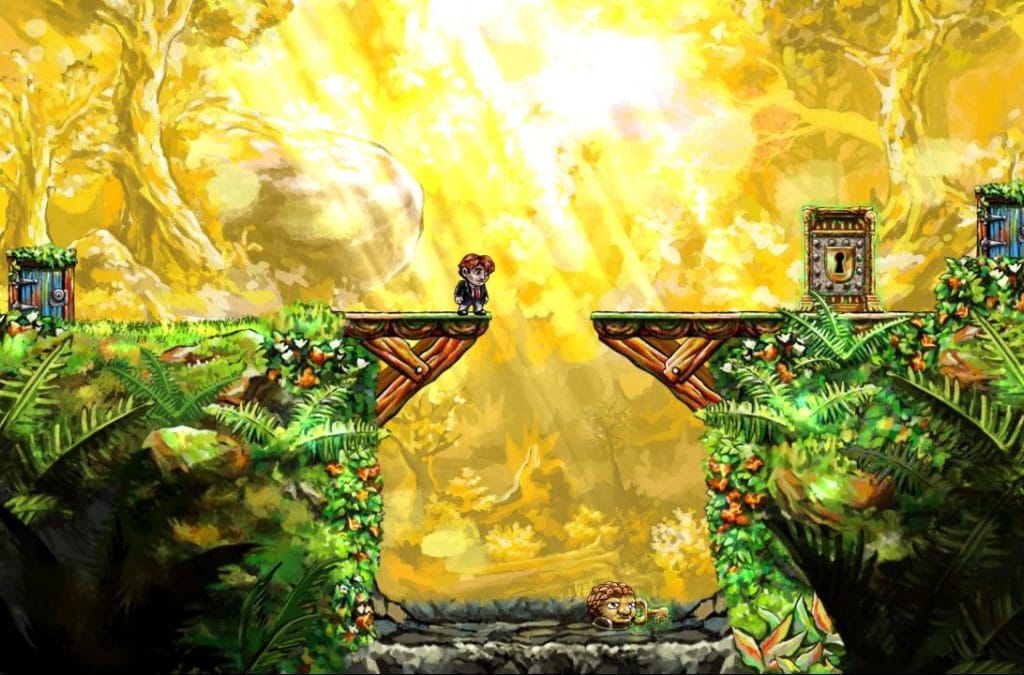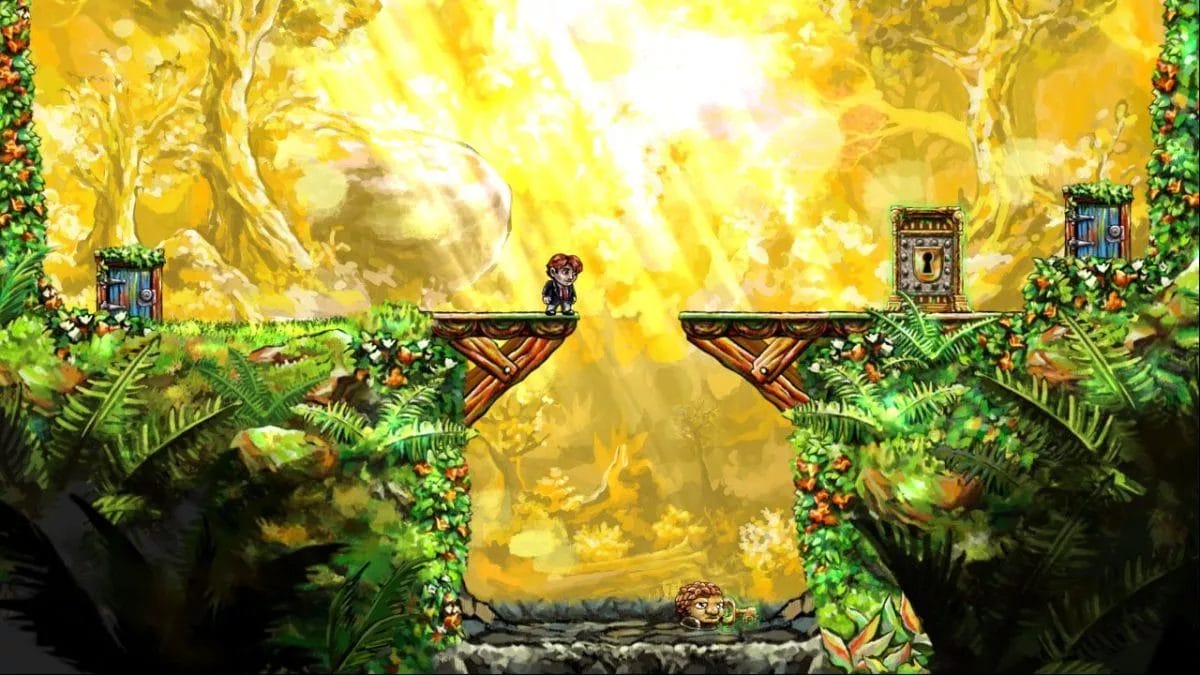With more than 600 hundred games released into the market every single day, being able to get the player attention and wanting them to player your game and no the remaining 599 ones, is key for game success. In the article we will help you understand What is a Game Hook and how you can define them to make your game unique to the eyes of the player.
Introduction What is a Game Hook
When making games, there is a question that should always be on the top of your mind. Why do player buy games?
Probably to play them. But there are games on the player’s shelf that have probably never been played. But, on the other hand, most people buy games to play them and not to be a piece of decoration on shelves.
But why do they buy game A and not game B because it has a higher rating on the principal gaming medias? Or because it has a higher rating on YouTube channels?
Generally, these are the things that draw my attention to a game. But they are not factors that compel players to buy a specific game. Every game must have something special, something that makes it unique at the eyes of the player, something that people who are interested in games, or the games genre, will immediately understand and excited about. Something that makes them want to play the game, something memorable.
In game development, we call this a “hook.” A good hook can make the difference between a player buying the game or not. In this article, we will try to give you some insights on how to find a good hook and how to create one that is so mind-blowing that no one will ever forget your game.
So, what is a game hook?
Although we have somewhat already started to answer the question the previous paragraph, let’s start to refine a little bit more the topic before getting into more details.
A game hook is something new, something that makes your game unique. It’s something that makes your game stand out in a crowded board game market.
In marketing, this is called the unique selling proposition. Hooks are therefore used as a key element in marketing your game.
The goal is to get people interested in the game and get them to try it out. And we want to get that message across as quickly as possible.
In an elevator pitch, the hook is used to explain what’s special about your game. After all, a hook is an interesting difference between you and your competitors.
We will get into some more examples below, but let’s get one example quickly out of the way: The unique idea of Jonathan Blow’s game Braid is a very good example of a hook:
A game where you can rewind the game to try different approaches to overcome the game challenges.
This is the kind of idea that sticks in the mind and triggers player’s interest.
Can you get away with something like this? Is it really possible to rewind game player?
Why does the game need a hook?
To make it stand out from the rest, to make people interested and compel them to buy the game.
No matter how good a game is, it cannot succeed if no one plays it. Therefore, games need something to promote them. This can be one of many things. It can be unique game mechanics, an original theme, or a novel presentation.
The most important thing is that the designer makes sure there is something in the game that makes the player stop and learn more. I look at many games every week, but only a few make it to the next stage where I take more time to get more information about them.
These games have a strong hook that suits my taste. The hook may not work for everyone, but it should work for the target audience.
Press and media to cover your game
If you want people to remember, talk and write about your game, you also need a hook.
If that hook is something that makes your game unique and can easily be presented in a few lines of text, an image or a short trailer, all the better.
A good hook is an element of the game that players, press and retailers will instantly recognize without much explanation.
Put yourself in the shoes of a game critic or journalist. Your goal is to capture the attention of your audience and generate many clicks and visitors.
To achieve this, it makes sense to offer provocative and prominent topics. It doesn’t necessarily have to be an exciting topic or an innovative business model. Sometimes it is enough to be something completely different.
Take, for example, the case of “exploding kittens.” The marketing message for this game is: A card game for people who like kittens, explosions, and laser beams. Normally these things don’t go together, but somehow the idea of exploding kittens resonates with people.
It keeps people coming back.
The hook is not only important to sell the game. It’s also important to get customers to become regular customers.
For many games, this can be broken down into two aspects: Progression and personalization. For me, these are the most important motivators to keep playing a game.
And these motivating elements are often part of a good hook.
How to create a hook for advertising to get people interested in your game.
One important point should be made clear up front. The hook is most important in the sales phase of the game, but it is not enough to solve the problem just then. Already during development, you need to think about how to make the game special. How to make it stand out.
1. Define your target audience
As mentioned earlier, the hook is only as good as the target audience. Therefore, it is very important that you first have an idea of the target audience you want to address in your game. The goal should be to combine the hook, the target and the target audience as closely as possible. If this expression makes sense. Give an example.
2. Identify the hook area
To find great hooks for a game, you have to be good at evaluating hooks. A good way to do this is to study the hooks from other successful games. That will allow you to get used to successful hooks and how they are defined/integrated within the boundaries of the game. Below is a list of areas where other games have provided excellent hooks.
New perspectives on theme and setting.
Darkest Dungeon looks at dungeon games from a different angle.
- The design explores what it’s really like to spend all day in a terrifying dungeon, and how this affects the protagonist’s mental state.
- The uniqueness of this hook comes from the game’s setting, but is also supported by the very good art, the narrator’s voice, and the soundtrack.
Special components of the game.
- Minecraft merchandising ( Swords, Cubes, etc)
- Figure and miniatures
New Mechanic
Angry Birds
- board games,
- comics,
- Motion pictures
- serie tvs,
- and other games.
New Technology
- Blockchain ( Exploding Kittens)
- Promotion of new production methods ( Esports – Clash Of clans)
New distribution models
Pokemon
- Boosting games from other consoles generations
- Storylines developed in many expansions
- card games
- augmented reality Pokemon Go.
Overall Features
- Art and Design. The box art, logo and cover image of a crowdfunding campaign are very important for the first impression; the Name of the game.
- Narrative & IP, IP can be helpful. Some people are encouraged to buy just because it says Star Wars, Marvel or Lord of the Rings on the product. This is a tactic used by Fantasy Flight Games with great success.
3. Make it clear and digestible
The key to a good hook is that it’s simple and easily understood. A hook has to grab a person’s attention and to do that it has to have a clear and digestible message. As they say you don’t get a second chance to make a first impression. Remember that your hook doesn’t have to explain much. Its role is not to educate but to tease. Its job is to make the potential player interested in learning more.
When describing your hook think about the experience it will create for your players
Again the Braid’s example of the game replay mechanic.
4. Check if you can create more than one hook:
Coming again to the Braid’s example, there is a second hook associated with the game that was the incredible look and feel based on classic paintings and that made the game some thing impressive to look at, as it was really very beautiful and poetic game.

5. Be fast
Sometimes it is enough to be the first one in a certain genre that goes to market.
What are some tactics to hook users once they played your game
Progress:
People who feel they have made some progress toward a certain goal are more committed to achieving that goal.
⇒ The theory of fun – the Flow of Fun

What is a Game Hook – The flow of fun
Loss Aversion:
As human beings, we strive to avoid pain. If you somehow manage to transport this kind of progress and customization across multiple sessions, it can also create another feeling. The feeling of losing something when you would stop playing the game. All the things you’ve achieved so far.
That is called loss aversion. A very powerful emotion. Because people really don’t want to lose something they invested a lot of time and effort in.
Envy:
Envy is an emotion which occurs when a person lacks another’s superior quality, achievement, or possession
Game Example: Some player skins that will appeal to all players with low skillset.
Scarcity:
Not all items are created equal! Create unique items and make sure that players understand the different rarity levels.
Example: Crowdfundings Campaigns, Random items that appears on a very low probability.
Some references
Some references that you can use to know more about game hooks.
Clark Tank DEEP DIVE | How to Make Video Game Hooks: Part 1.
Chapters: 0:00 Setup 0:30 Introduction 0:52 Breakdown 1:18 Definition of a Hook 1:49 Component Parts 2:59 Example of a Hooky Game 3:32 How to Know What is Desirable 5:17 Two Types of Hooks 7:23 Choosing Which Game to Make 7:53 Evaluating Player Testing 9:05 Closing Remarks
Clark Tank DEEP DIVE | How to Make Video Game Hooks: Part 2
Chapters: 0:00 Introduction 0:19 Breakdown 0:39 How to Use a Hook 2:18 Hooks and Anchors 2:49 Anchor Example 4:20 How to Generate Hooky Game Ideas 4:38 Mashups 6:48 Evaluating Genre Overlap 7:49 Genre Twisting 9:05 Closing Remarks
Finding you game’s “hook” and more marketing tips
Not visible from here, you have to go to youtube.
51 Game Design Tips!
Conclusion
The hook isn’t specifically a bit of text or an advertising claim, it’s just the special thing about your game that people remember.
A game developer that wants to share its knowledge and experience with other game developers-





